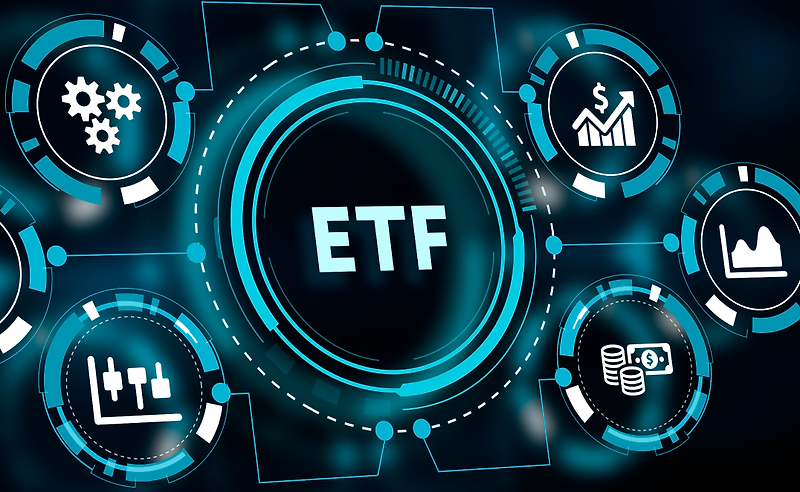Investing can be a great adventure. Among the more attracting investment options currently available to investors is the leveraged exchange-traded funds (ETFs). These financial instruments have the potential to multiply gains, but they also entail a high degree of risk. The following article explores the advantages and disadvantages of leveraged ETFs and some advice for seasoned as well as novice investors.
Understanding Leveraged ETFs
Leveraged ETFs make use of leverage to multiply the performance of a particular index. A two-time leveraged ETF provides twice the daily return of a reference index. If the index is up by 1% in a day, the ETF is going up by 2%. Likewise, when it declines by 1%, the ETF may be dropped by 2%.

How Do They Work?
Leveraged ETFs use financial derivatives like futures and options. This allows them to borrow money to amplify returns. Nonetheless, this mechanism indicates that the potential for gains is balanced by similar potential for losses.
Benefits of Leveraged ETFs
- Potential for Huge Returns: Leverage EFTs may attract with their high returns on investment. Recently the Investment Company Institute found that the average leveraged ETF could deliver returns of over 20% in very short periods within bull markets. This can catch the attention of day traders or those who are inclined to seize any market movement within a short period.
- Short Term Trading Opportunities: Leveraged ETFs are best suited for short-term strategies. For traders who are capable of managing their portfolio, such funds provide opportunities for high instant income. It is already proven that the yield of a trader in his awareness of the volatility of the market is relatively too good to be true when compared with regular ETFs. In a three-month bull market, for instance, some leveraged ETFs will be over 30% higher than usual ETFs.
The Risks of Leveraged ETFs
- Increased Volatility: Although they provide potential benefits in terms of profit, leveraged ETFs are extremely volatile. According to research by the University of Chicago, such funds can demonstrate daily swings of 5% or more. Overall result of this volatility can be devastating losses for investors unless they pay close attention.
- Compounding Risks: One of the biggest risks in leveraged ETFs is the compounding effect. Over time, daily returns can differ from the expected multiple of the benchmark because of the nature of market fluctuations. For instance, when an index might wildly fluctuate during a few days of trading, the compounded returns of two times leveraged ETF will vary dramatically from those expectations of an investor. As reported by a Bloomberg study, it is noted that within a 30-day timeframe, two times leveraged ETF would lag the benchmark by up to 40%.
- Issues with Long Term Performance: Investors should be careful if they are going to hold the leveraged ETF long term. Again, the Bloomberg report points out that leveraged ETFs should not be held for more than a few days or weeks. In the long game, the compounding cost and effect of volatility will expose its returns.
Measuring Leveraged ETFs
- Performance Tracking: Monitoring performance metrics goes with the investment in a leveraged ETF. The tracking error of the fund is one thing to look out for; this is simply how close the ETF to the index is. It is said that a tracking error more than 1% could give a concern.
- Expense Ratios: The other key metric is expense ratio. Leveraged ETFs have higher expense ratios than their conventional counterparts because their mandate is to use derivatives, which incurs some extra costs. It's best to select a fund with an expense ratio below 1% for better long term performance.
- Liquidity: Liquidity is critical in the leveraged ETF market. High-trading funds tend to have narrower bid-ask spreads, which will reduce the costs incurred upon entry and exit of a position. Look for products that average more than 1 million shares traded per day.

How to Apply Leveraged ETFs?
- Short Term Trading: Leveraged ETFs are suitable for day traders or anyone looking to generate quick money. Technical analysis and knowledge of market trends increase the chances of success. Use stop-loss orders to regulate possible loss associated with the chaotic trading days.
- Hedging: Investors can also hedge against a portfolio-wide loss using leveraged ETFs. If an investor believes that a market will decline in the short term, he may hedge his core holdings by going long on a bearish leveraged ETF.
A benefit of ETFs is that you can match your holdings to particular sectors in your portfolio, just as with technology or energy. For the investor who believes a sector is going to outperform, these funds can almost double one's gains. If the tech industry is booming, two time leveraged tech ETF will far outperform any standard index fund.
Final View About High Stake Leveraged ETFs
Among the most useful tools for wise investors, leveraged ETFs can offer big returns and short term trading opportunities; however, the risks associated are pretty significant. Appreciating the volatility, compounding effects and appropriate strategies is important. Before someone will dive into leveraged ETFs, he or she needs to understand these powerful tools by conducting thorough research and careful planning. A thoughtful approach to leveraged ETFs would help investors to make informed choices that support their investment strategy.






